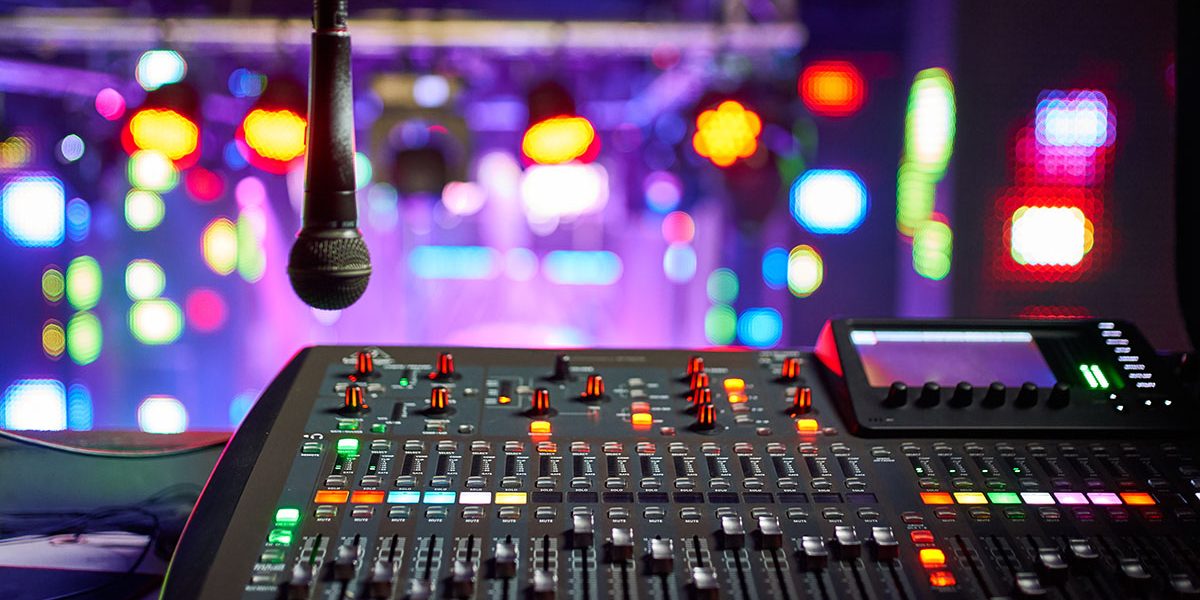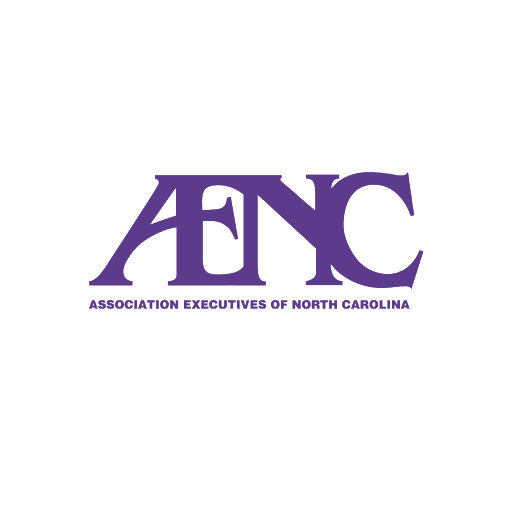The importance of audio visual charlotte nc in corporate gatherings
Understanding the Inclusion of Audio Visual Technology in Today's Educational Environments
The assimilation of audio-visual modern technology in instructional setups has actually transformed the teaching and finding out process. Educators now have access to tools that accommodate numerous discovering styles, enhancing trainee interaction and cooperation. The unification of these technologies provides both chances and obstacles. Comprehending how to effectively implement these tools is crucial. What methods can teachers employ to maximize the benefits of audio-visual innovation in their class?
The Development of Audio-Visual Innovation in Education
As instructional demands evolved over the years, audio-visual modern technology underwent significant improvements that reshaped the discovering environment. Originally, tools such as film projectors and slide shows were the key ways of integrating visual elements into class. These early technologies provided instructors with the ability to present info dynamically, yet they were limited in accessibility and interactivity.
With the development of videotape recorder in the 1970s, classrooms started to incorporate recorded lessons, broadening the range of educational sources. The introduction of personal computers in the 1980s more reinvented this landscape, permitting for the production of multimedia discussions and interactive understanding experiences.
The surge of the web in the 1990s noted an essential minute, allowing real-time access to a wealth of audio-visual products. Today, electronic devices such as interactive white boards and online understanding systems continue to boost the instructional experience, promoting interaction and collaboration among students.
Benefits of Audio-Visual Tools for Diverse Discovering Styles
Audio-visual devices play an essential role in dealing with diverse understanding styles by boosting aesthetic discovering and boosting auditory interaction. By incorporating images, videos, and audio, these modern technologies develop an even more comprehensive educational environment. This complex approach enables teachers to attend to the different preferences and requirements of students efficiently.
Enhancing Visual Learning
Engagement in the learning process is significantly boosted with using audio-visual tools, dealing with various discovering styles. These tools, such as video clips, infographics, and interactive discussions, provide aesthetic stimulations that assist comprehension and retention. Aesthetic learners, particularly, take advantage of the consolidation of images and animations, which can simplify complex ideas and improve understanding. In addition, audio-visual sources can illustrate real-world applications, making finding out more pertinent and interesting. By integrating color, movement, and noise, teachers can produce a dynamic understanding environment that captures pupils' focus and fosters much deeper cognitive connections. Ultimately, the calculated use of audio-visual modern technology not just sustains visual learning yet additionally enhances the general instructional experience for diverse learners.
Improving Auditory Engagement
A significant advantage of integrating audio-visual tools in education is their ability to improve auditory involvement amongst trainees. These devices, which incorporate multimedia presentations, podcasts, and interactive audio elements, satisfy different learning styles, particularly benefiting auditory learners (audio visual charlotte nc). By integrating audio and narrative, teachers can produce immersive experiences that record pupils' attention and enhance comprehension. This engagement is crucial, as it promotes a deeper understanding of the product and promotes retention. Additionally, audio-visual devices can assist in joint understanding environments, encouraging pupils to participate in conversations and share their understandings. Eventually, the incorporation of audio-visual technology not only sustains acoustic involvement but likewise improves the general instructional experience, making finding out much more vibrant and effective for all trainees
Enhancing Involvement Via Interactive Discovering

Moreover, gamification elements, such as quizzes and simulations, can enhance inspiration and retention, making finding out a lot more pleasurable and reliable. These approaches not only promote cognitive engagement but additionally cater to varied learning designs, guaranteeing that all pupils can participate meaningfully. As a result, interactive knowing atmospheres foster a feeling of neighborhood and belonging, ultimately resulting in enhanced scholastic outcomes. Through the assimilation of audio aesthetic technology, instructors can transform standard class into dynamic areas where pupils prosper and proactively shape their educational journeys.
Connecting Concept and Method With Multimedia Resources
Multimedia sources work as a critical web link in between theoretical principles and useful application in educational setups. By improving engagement, promoting collaborative learning experiences, and supporting varied knowing styles, these tools create a more comprehensive and dynamic discovering setting - audio visual charlotte nc. This approach not only cultivates much deeper understanding but additionally prepares pupils for real-world difficulties

Enhancing Engagement Via Multimedia
Interaction in academic settings substantially boosts when teachers integrate multimedia resources right into their teaching strategies. The use of video clips, podcasts, and interactive discussions boosts the finding out experience, enabling students to get in touch with the product on several degrees. Multimedia resources accommodate various discovering designs, providing visual, acoustic, and kinesthetic stimuli that can hold trainees' interest better than standard lecture approaches. Furthermore, these resources can simplify intricate principles, making them here a lot more available and memorable. By integrating multimedia, educators can develop a dynamic class atmosphere that cultivates inquisitiveness and motivates students. Ultimately, the calculated use of audio-visual innovation offers to bridge the void between theoretical expertise and sensible application, enhancing the academic experience for both teachers and trainees.
Assisting In Collaborative Knowing Knowledge
Numerous research studies indicate that joint knowing experiences markedly boost pupil outcomes when integrated with multimedia resources. Multimedia tools help with interaction among trainees, permitting them to participate in analytical and vital assuming jointly. By making use of video conferencing, collective platforms, and interactive discussions, instructors develop atmospheres for team effort and shared learning. These modern technologies allow pupils to interact their concepts properly and receive prompt responses, cultivating a deeper understanding of the subject matter. Furthermore, multimedia sources can present intricate ideas in even more absorbable layouts, advertising conversation and cooperation. As a result, the mix of collective knowing and audio-visual modern technology not only improves the educational experience but additionally prepares students for real-world synergy dynamics, highlighting the relevance of participation and collective expertise building and construction.
Supporting Diverse Learning Styles
While standard mentor techniques commonly accommodate a minimal variety of finding out choices, the assimilation of audio-visual innovation provides an extra inclusive technique to education and learning. By using multimedia sources such as video clips, interactive simulations, and digital discussions, educators can address different learning styles, including aesthetic, auditory, and kinesthetic. This versatility permits differentiated instruction, enabling students to engage with content in means that reverberate with their private choices. Furthermore, audio-visual tools can help with deeper understanding by offering multiple representations of complicated concepts. Consequently, students that might have problem with traditional approaches can locate alternate pathways to success, promoting a much more equitable understanding environment that supports scholastic success for all learners.
Difficulties in Carrying Out Audio-Visual Innovation
Although audio-visual modern technology holds great promise for boosting academic experiences, its implementation often comes across considerable challenges. One primary worry is the economic burden related to getting and keeping such equipment, which can strain budget plans, especially in underfunded establishments. In addition, inadequate training for teachers can impede reliable assimilation, leaving them ill-prepared to make use of the technology fully. Technical issues, such as software malfunctions and compatibility problems, may likewise interfere with lessons and discourage both teachers and students. Differing levels of student accessibility to modern technology outside the class can develop differences in discovering chances. Lastly, the capacity for over-reliance on technology may take away from necessary mentor techniques, eventually limiting the educational experience. Addressing these obstacles calls for an extensive strategy, consisting of sufficient funding, specialist growth, and fair access to sources, to assure that audio-visual innovation can be leveraged successfully in today's educational setups.
Best Practices for Integrating Modern Technology in the Classroom

Additionally, promoting an interactive atmosphere with joint devices urges student involvement and participation. Utilizing diverse audio-visual resources satisfies different discovering styles, fitting aesthetic, auditory, and kinesthetic learners. Routinely assessing the effect of innovation on trainee discovering helps teachers fine-tune their strategies and adjust to transforming demands. Ultimately, including trainees in the option of technology advertises possession and inspiration. By adhering to these ideal techniques, teachers can produce a dynamic class ambience that properly integrates technology and boosts the instructional experience for all trainees.
The Future of Audio-Visual Technology in Education And Learning
As class progressively embrace technology, the landscape of audio-visual tools in education continues to advance (audio visual charlotte nc). Future improvements are anticipated to focus on greater interactivity and customization, enabling teachers to customize discovering experiences to individual pupil requirements. Developments such as increased truth (AR) and virtual fact (VIRTUAL REALITY) will likely provide immersive understanding environments, boosting student interaction and understanding
Additionally, fabricated intelligence (AI) is positioned to play a considerable duty in audio-visual innovation by offering real-time comments and flexible discovering paths. This assimilation may help instructors recognize and deal with student difficulties better. Cloud-based platforms will help with less complicated access to sources and cooperation amongst trainees and educators, despite location.
In addition to these technical advances, expert advancement for instructors will be essential, ensuring they are furnished to make use of these devices effectively. In general, the future of audio-visual innovation in education and learning assures to develop even more vibrant, comprehensive, and impactful learning experiences.
Frequently Asked Questions
Exactly How Can Teachers Pick the Right Audio-Visual Devices for Their Class?
Selecting proper audio-visual devices requires teachers to evaluate their academic goals, think about trainee demands, review offered technology, and look for recommendations from peers or professionals, making certain devices effectively enhance learning and engagement within their certain classroom environment.
What Budget plan Considerations Are There for Executing Audio-Visual Innovation?
Budget plan factors to consider for applying audio-visual modern technology consist of first acquisition prices, upkeep costs, training for staff, and potential software licensing costs. Additionally, lasting investment in updates and replacements should also be factored into economic preparation.
Exist Details Training Resources for Educators on Audio-Visual Tools?
Numerous establishments provide training resources for teachers on audio-visual tools, including on the internet courses, workshops, and training overviews. These resources intend to enhance educators' abilities and self-confidence in efficiently incorporating innovation into their teaching methods.
How Do We Gauge the Efficiency of Audio-Visual Modern Technology in Discovering?
Measuring the efficiency of audio-visual technology in discovering includes assessing pupil interaction, comprehension, retention prices, and overall scholastic efficiency. Surveys, evaluations, and observational researches can offer beneficial insights into its effect on educational end results.
What Prevail Mistaken Beliefs About Audio-Visual Technology in Education And Learning?
Typical misconceptions regarding audio-visual modern technology in education and learning consist of the belief that it assures engagement and discovering end results, as well as the assumption that all trainees benefit just as, neglecting private learning preferences and requirements.